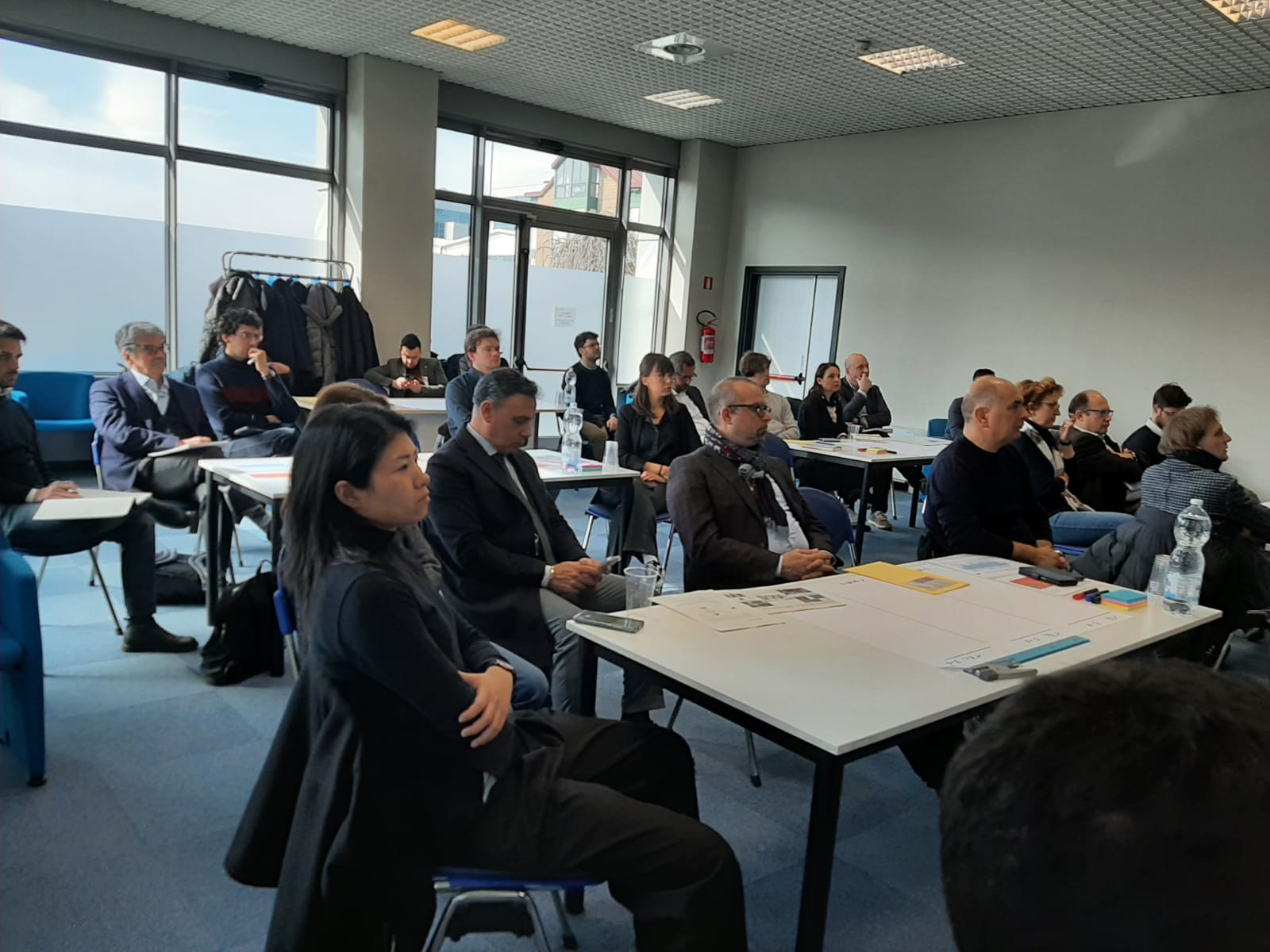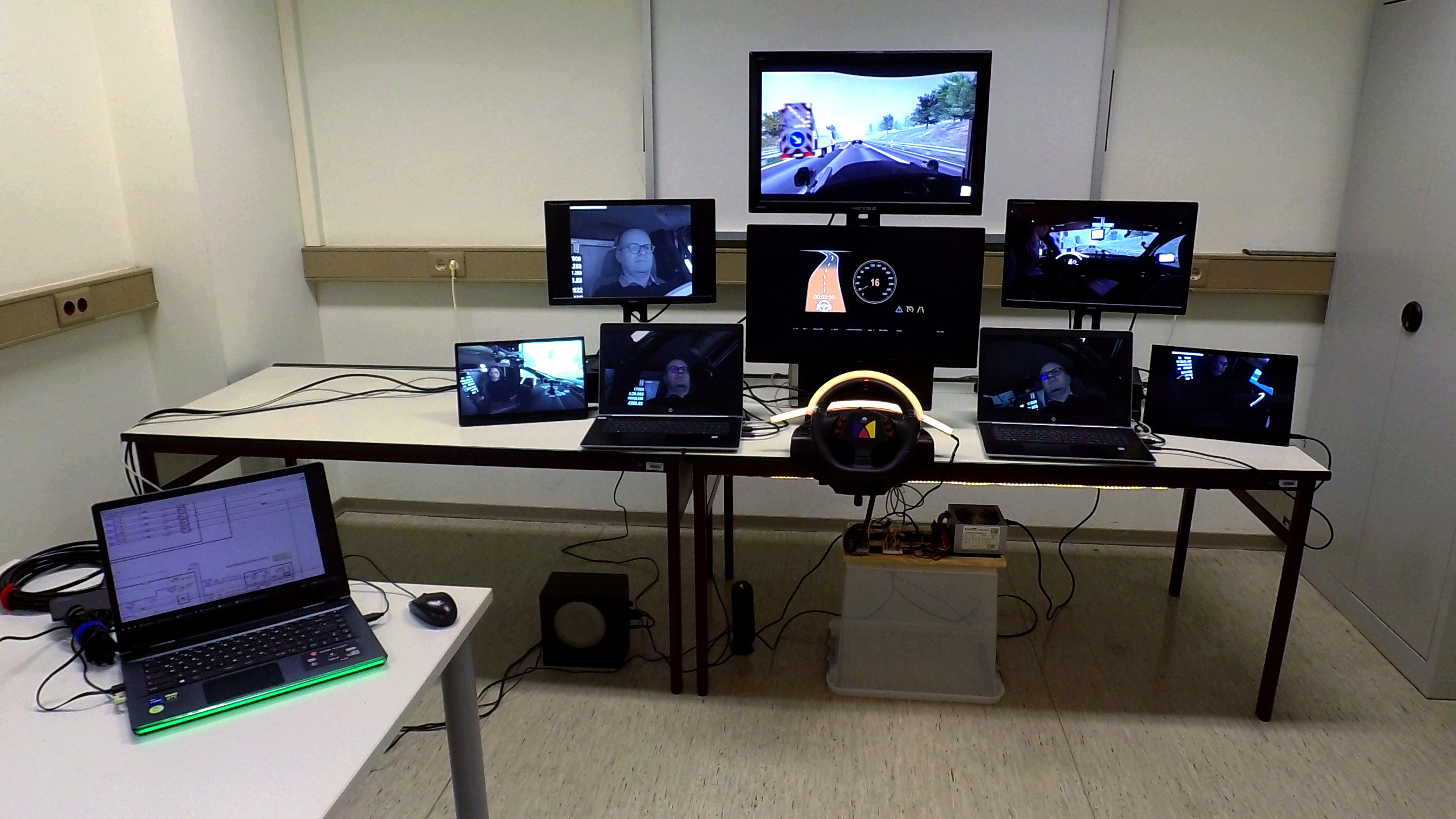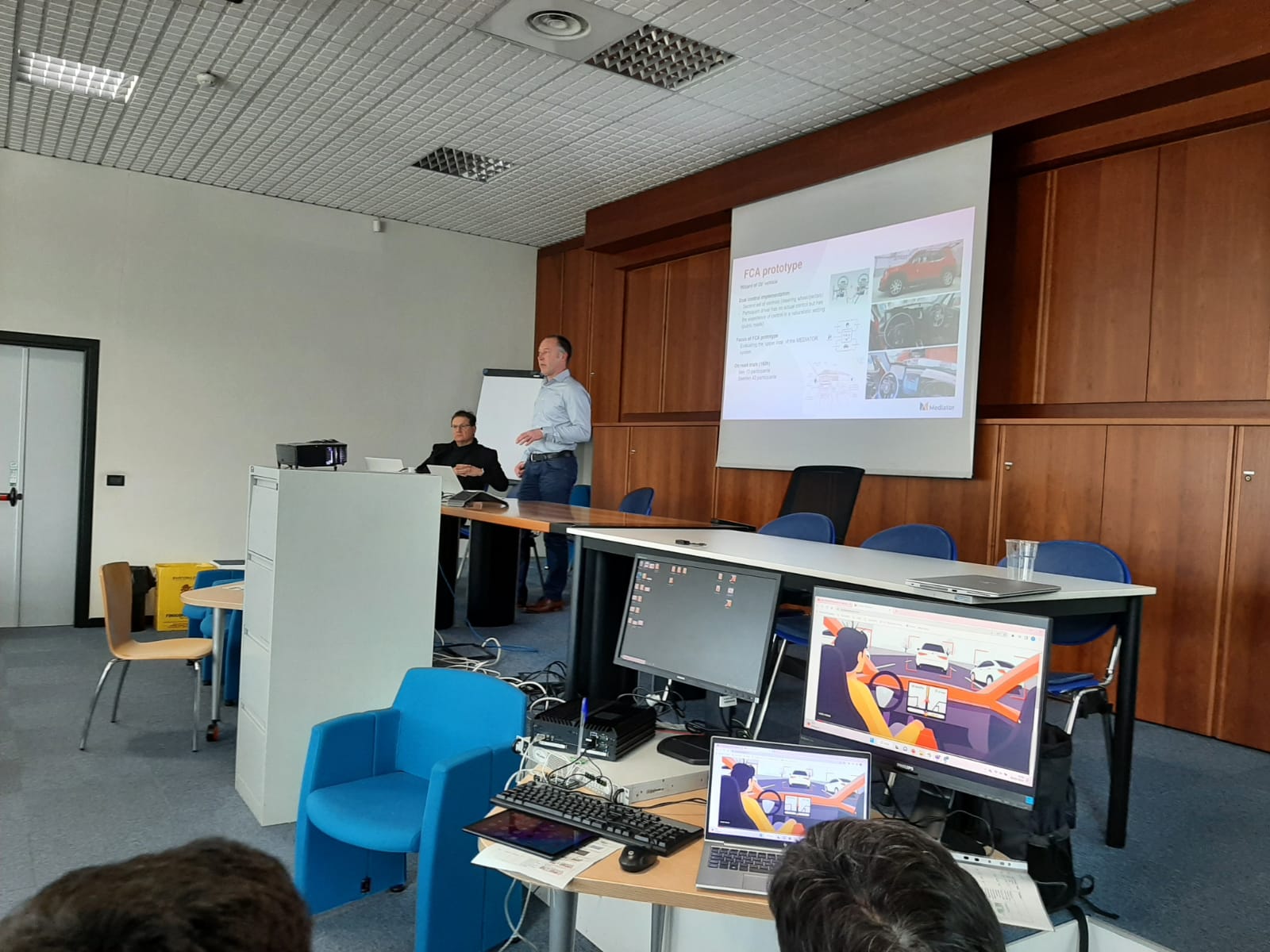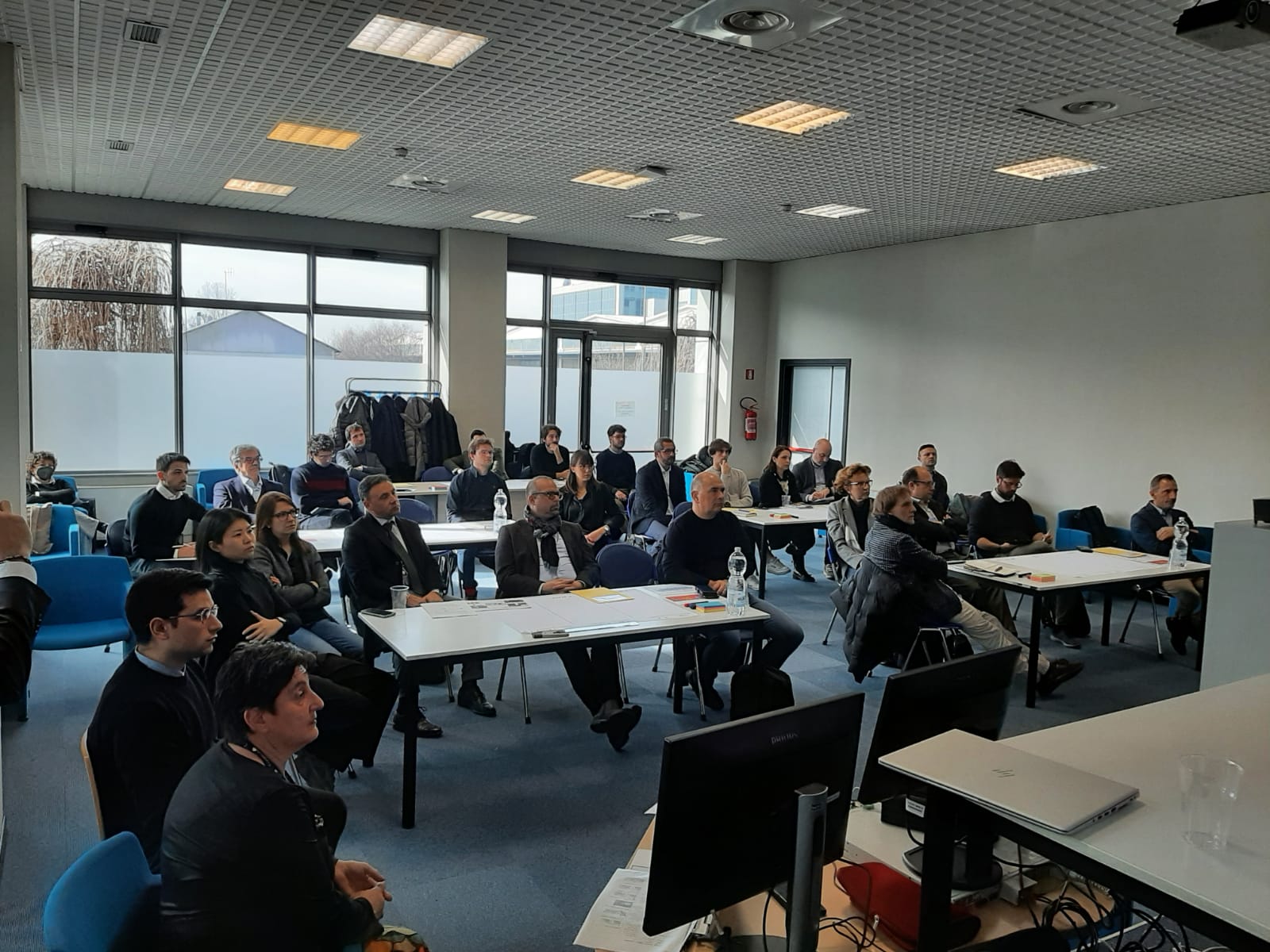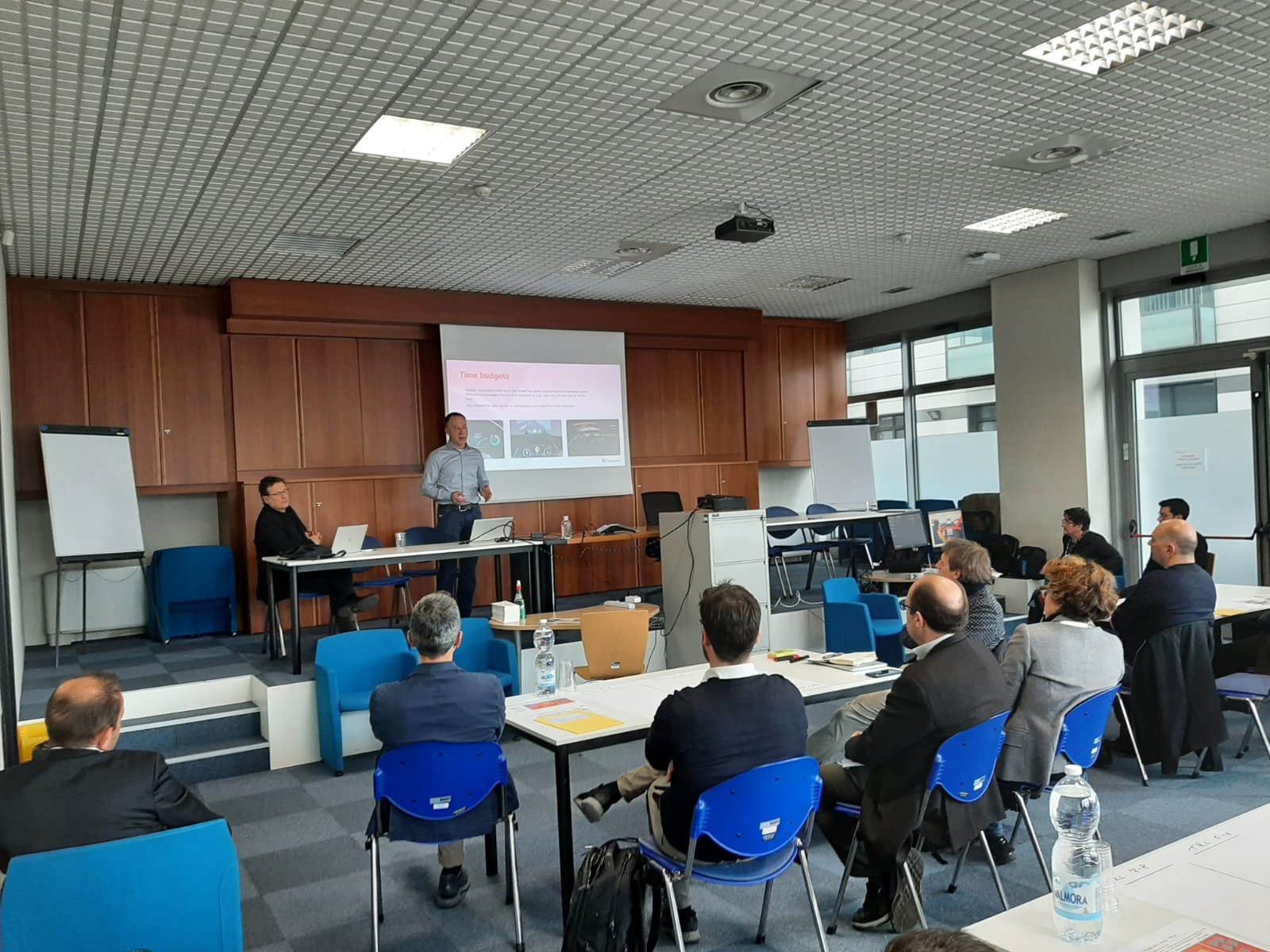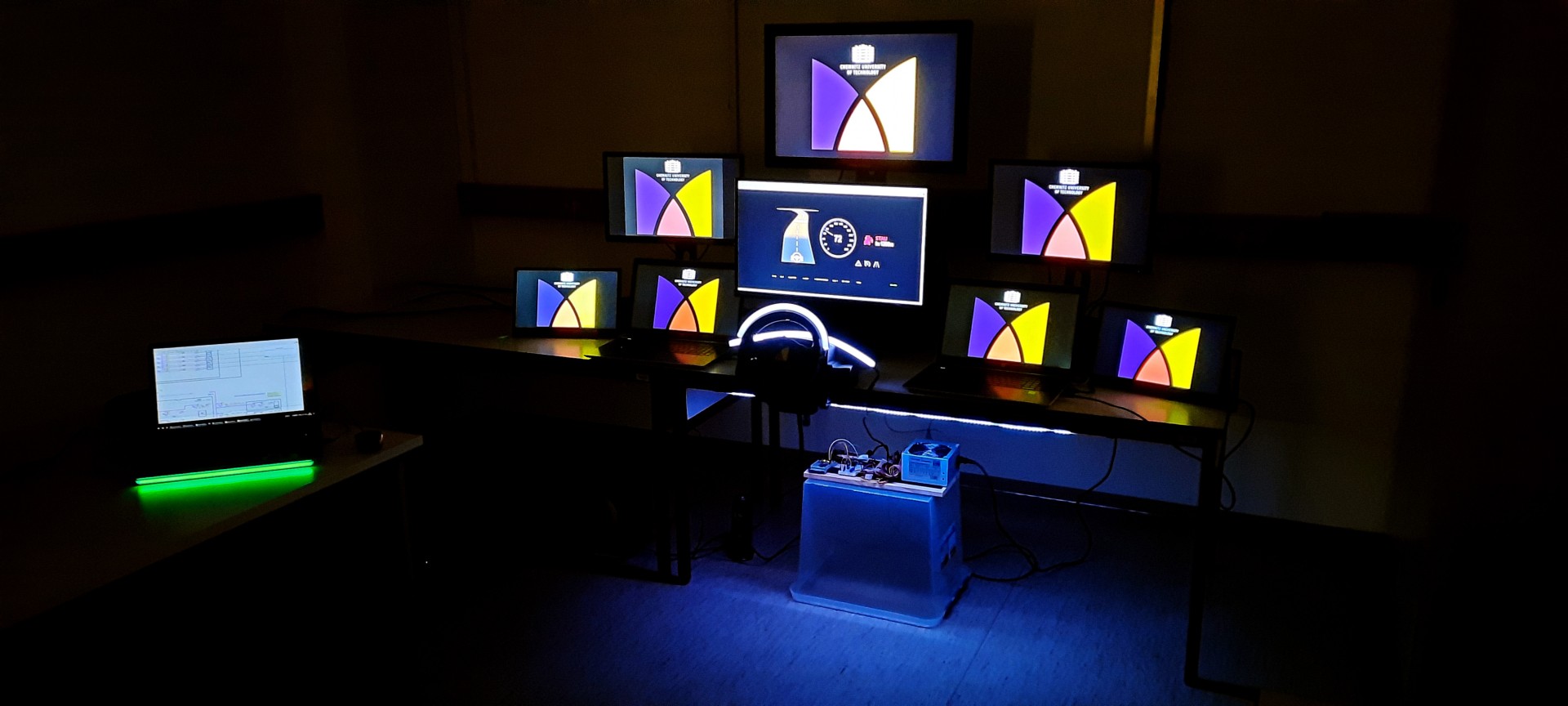Over the past few weeks the MEDIATOR consortium has been organising various stakeholder workshops at which our innovative ideas and results were shared. The purpose of these workshops was to create impact by disseminating our results to the relevant stakeholders. In addition we collected valuable feedback to sharpen the focus of our reports in this last phase of the project.
The first one took place in The Hague on the 31st of January, hosted by SWOV. The workshop was attended by Dutch governmental organizations; RDW (Netherlands Vehicle Authority) and RWS (Ministry of Infrastructure and Water Management). Nicole van Nes presented the outline of the project and summarized the main findings. Ksander de Winkel and Maartje de Goede presented the approach taken by SWOV to formulate guidelines for implementation of Driver Monitoring System and the design of Human-Machine Interfaces, along with initial results. The stakeholders appreciated the initiative and provided valuable feedback for development of the guidelines by way of questions and suggestions that allowed us to focus our efforts to establish a set of practical guidelines.
On the 9th of March we were enabled to share some of our preliminary MEDIATOR findings in a stakeholder workshop in Turin at Capgemini. This 'MEDIATOR workshop cafè' was hosted by Stellantis (Anita Fiorentino) and Capgemini (Tiziana Santhia). They brought together a wonderful, diverse and truly committed group of people (30) from OEMs, Tier 1 suppliers (direct suppliers of the final product), academia and engineering companies. The focus of the workshop was on exploitation of the MEDIATOR results and should contribute to the roadmaps for industrialisation. Michiel Christoph provided an overall project presentation and Elmer van Grondelle gave an HMI presentation.
On the 14th of March the 'Expert HMI-Workshop' took place, organised at the campus of Chemnitz University of Technology. There were presentations from SWOV, TU Delft and TUC, followed by small groups discussions concluded by presentations on the outcome of those discussions. Key questions for each discussion were e.g. pros and cons of the Mediator concept (HMI), what could be improved, potential barriers, further research.
The TUC team (Cornelia Hollander, Maria Kreußlein, Sabine Springer-Teumer, Nadine Rauh, Matthias Beggiato, Josef Krems) set up a mobile demonstrator to present the MEDIATOR Human Machine Interface (HMI). The demonstrator will be used at upcoming expert workshops as well as at our Final Event. All software and core hardware components are exactly the same as in the TUC driving simulator evaluation study. The setup allows for replaying a recorded “reference dataset” from the driving simulator study at specific selectable moments. These data of one pretest participant include all four evaluation trips in various Mediator automation modes with all synchronized video camera perspectives. Thus, all HMI actions such as proactive proposals, different time budget indications, short- and long-term take over procedures, critical automation actions etc. can be replayed exactly as they happened in the driving simulator study for the 74 real participants. The aim of the demonstrator is to concisely show the HMI concept in a practical application context to many people without the need of driving yourself for a long time in a simulator.
Some pictures from the valuable workshops:
